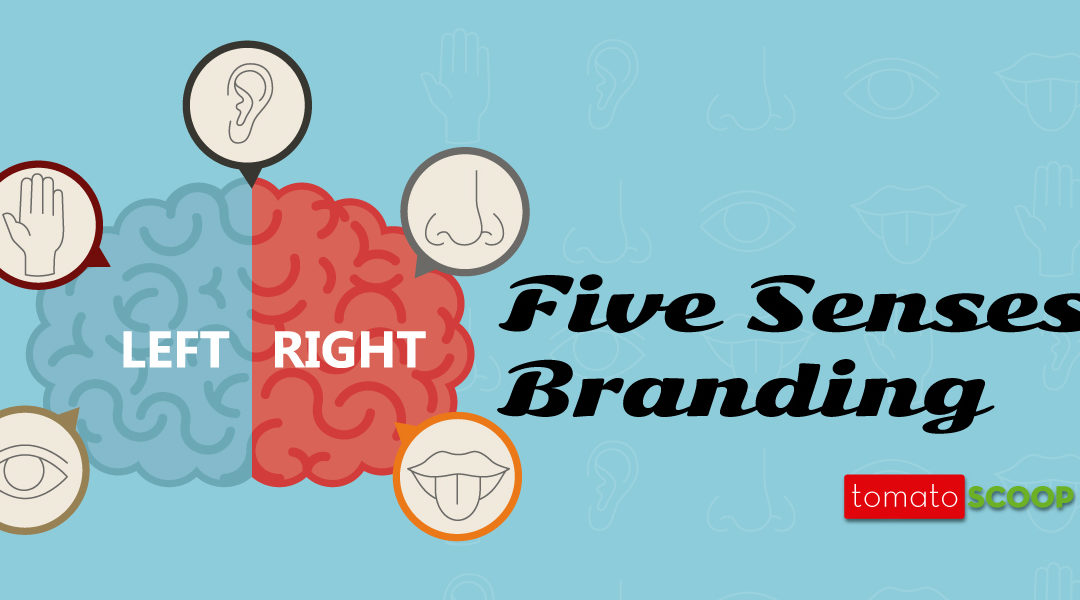New Marketing Plan: The value of branded merchandise with digitally cluttered consumers
Think of the last Facebook advertisement you saw. What company was it for? What colors were their logo? Their message? Their product?
Having a hard time remembering? Probably because you are among the average consumer who sees anywhere between 300 and 700 advertisements a day; overwhelmingly digitally. Of those advertisements, only about 150 will grab your full attention for more than a few seconds.
Your consumer is overwhelmed with content; and their declining attention span and increased digital clutter have shifted marketing power from the marketer to the user. Before, marketers held the control when the consumer had a mere two or three channels to be fed information, now the user can pick and choose their content experience.
This means, the way you communicate with your consumer needs careful thought. Consumer companies continue to spend more and more of their advertising budgets online; while their target audiences are using widely popular programs to simply block their advertisement from view altogether. And when consumers do see digital advertisements, it’s unlikely that they will be remembered.
In the now highly cluttered digital world of the contemporary consumer, it is not enough to merely place a virtual advertisement; it needs to be coupled with at least one other sensory experience; consumers need to see, hear, touch, feel, and taste your brand.
Multiple sensory aspects coupled together in an interaction with the customer now turn that simple advertisement into an experience, and has a 2 plus 2 equals 5 impact in your Marketing Plan.
 TOUCH:
TOUCH:
Let’s say your target audience is a professional who is attached to their desk all day. To interrupt them from the constant stream of digital messaging on their screens, your company sends them Thinking Putty, branded with your logo, for their desk.
Not only are you giving this customer an opportunity to have a tangible experience with your brand, they are now more likely to remember your brand and be loyal to it because they had such an interactive experience. They are also 87% likely to keep that same putty on their desk for over a year, seeing your company logo every day while your competitors’ digital messages get tossed in the spam folder.
 TASTE:
TASTE:
Promotional products go beyond pushing visual advertisements to consumers overwhelmed with information. Yes, digital advertising has a larger reach, however the messaging is diluted and is easily forgotten; when consumers touch, taste, and smell an advertisement, you interrupt their normal information stream and capture their attention, providing them with a deeper connection with your brand. Promotional products are the only form of advertising that involves all of customers’ senses.
Put yourself back into the shoes of the consumer. A new florist shop opens up in your neighborhood and the florist sends you a box of chocolates branded with their company information to promote their services. You have a pleasant experience touching, smelling, and tasting the chocolate and a new fondness for the brand that created that experience for you. And the next time you’re in the dog house with your significant other, you are more than 85% likely to purchase flowers from that same florist simply because of that memorable, sensory experience. That’s what sensory marketing is all about!
 SMELL:
SMELL:
In fact, the ROI on promotional products is higher than most forms of advertising used in marketing campaigns. According to a study conducted by the Promotional Products Association International (PPAI), 88% of participants could remember the brand on the promotional product received within the past year and an amazing 73% were able to recall the brand, message and product of a promotional item they received in the past 2 years.
This effect have on brand awareness and loyalty can be seen in an experiment conducted by researchers from Nanyang Technological University and Rutgers University. The experimented combined the two senses of touch and smell and how they resonate with consumers given a branded product. Researchers gave half the subjects a branded pencil and the other half received a branded pencil doused with the unique scent of tree oil. Two weeks later the group with the unscented pencil experienced a 73% decline in the information they could recall about the company, while the scented pencil group experienced only an 8% decline; this group was able to recall, with dramatic difference, the brand and company information printed on the scented pen.
 HEAR:
HEAR:
A strong digital advertisement will grab consumer’s attention for more than a few seconds, promotional products can grab that same consumer’s attention for years. To instill a memorable message with consumer’s, your brand needs to create an experience that goes beyond digital. The message needs to be multi-sensory and emotional interaction; the single use of visuals cause your brand’s message to get lost in the sea of messaging bombarding the digital consumer. Marketing departments rush to invest in digital, the brands that survive will put their message in the hands of their audience. It’s as simple as this: sensory branding is the future of marketing.
An example of the effectiveness of this use of sensory branding is promotional products that contain an audio element. For example, when you gift a customer a branded pen, you can literally talk with your customers and tell them your brand’s message. By adding this new sensory dimension to how customers experience your brand, you are increasing brand recollection.
SIGHT:
While sole use of digital visuals won’t make your brand stand out, sight still a vital sense to utilize when creating a promotional merchandise strategy. A consumer can process information faster through sight than with any other sense; ten times faster. For this reason, not all consumers recall information simply by hearing a television ad, it can be more effective to see the company’s information in front of them. For example, you give your customer a branded mug. That product is now in your customer’s kitchen and what they use every morning for coffee before work. Your customer is now seeing your logo and creating experiences with your brand every time they have a morning conversation with their family.
KNOW WHAT?
Let’s go back to your Facebook feed; which company are you more likely to do business with? The company that flashes a digital advertisement that you may or may not pay attention to for a few seconds; or the company whose logo you see every day on the reusable water bottle you keep on your desk?
As marketers, our role is creating a loyal relationship with the customer over a long period of time. Customers can simply block out the digital messages they are bombarded with daily, so getting a message to them means creating a memorable experience and making them feel involved. To achieve this, every consumer company should be thinking of their marketing strategies in a holistic way.
Participation branding goes beyond just feeding messages out to its audience; it creates an opportunity to interact with a brand at a higher level. It is about understanding your consumers and involving them in the creation and evolution of the brand.
A tangible product turns an ordinary message into a participatory experience your customers can now interact with your brand through the five senses. Consumers need to remember what they experienced in order for the brand’s message to have an impact; a promotional product literally brings that experience home with them.
How will your next marketing campaign go beyond putting most of your budget into trying to capture your customer for a few seconds on digital, to create an immersive, experience with your brand? A promotional campaign adds all five sensory elements into creating a unique experience for the customer. To be the brand who breaks through 700 advertisements your consumer can see a day, it’s about knowing the consumer and putting the right product in their hands, with the right messaging, at the right time.
Looking to create a promotional marketing campaign? Check out the PRODUCT EXPERIENCE.



 TASTE:
TASTE: SMELL:
SMELL: HEAR:
HEAR: